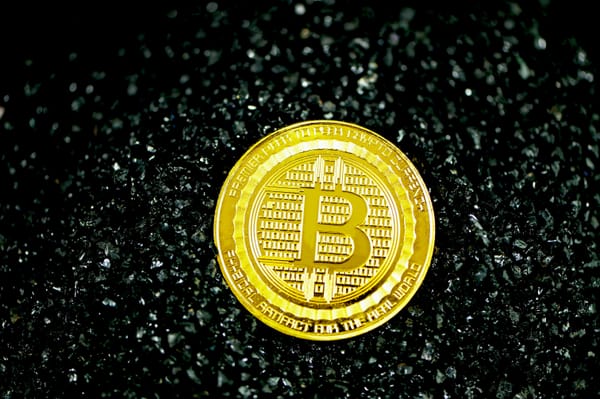Unisocks, socks that cost 5 million yen a pair
Unisocks are ERC20 tokens issued by Uniswap, a decentralized trading protocol, redeemable for genuine limited production socks, which are currently circulating at just under 5 million yen after once hitting the 10 million yen level in February.

[The following is reprinted from Chika Watanabe's blog]

Unisocks are ERC20 tokens issued by Uniswap, a decentralized trading protocol, and can be redeemed for real, limited production socks (see photo below).
After once reaching the 10 million yen level in February, it is currently circulating at less than 5 million yen.

From the birth of socks to now
- 500 legs launched in 2019 at a unit price of $12 (i.e. Uniswap created a liquidity pool with 500 Unisocks and 35 ETH).
- So far, 198 pairs have been redeemed for physical goods (i.e., tokens have been burned), and 21 of the remaining 302 pairs are in circulation.
- When Uniswap issued its governance token UNI in September 2020, 220,000 UNI were set aside for Unisocks holders, and 1000 UNI were distributed to addresses that had previously held Unisocks (UNI = $18 at the moment).
consideration
The basic concepts of decentralized exchanges such as "burn", "pool", and "bonding curve" are highly abstract and difficult to understand, but by looking at how Unisocks works, it will be easier to understand things like "the token will cease to exist when the sock arrives".
In addition.
- What if Uniswap receives a physical redemption request from a token holder, sends out the socks, and then they are gone before the other person gets them?
- When you send it, do you insure it for the equivalent of 5 million yen?
- Are the socks of reality without tokens worth it?
- If the real socks are worthless and the token socks are circulating at a high price, what is it worth?
It would be an interesting thought experiment to see how various physical assets can be tokenized in the future.
This is a recording of a cryptocurrency study session where I talked about Unisocks.




